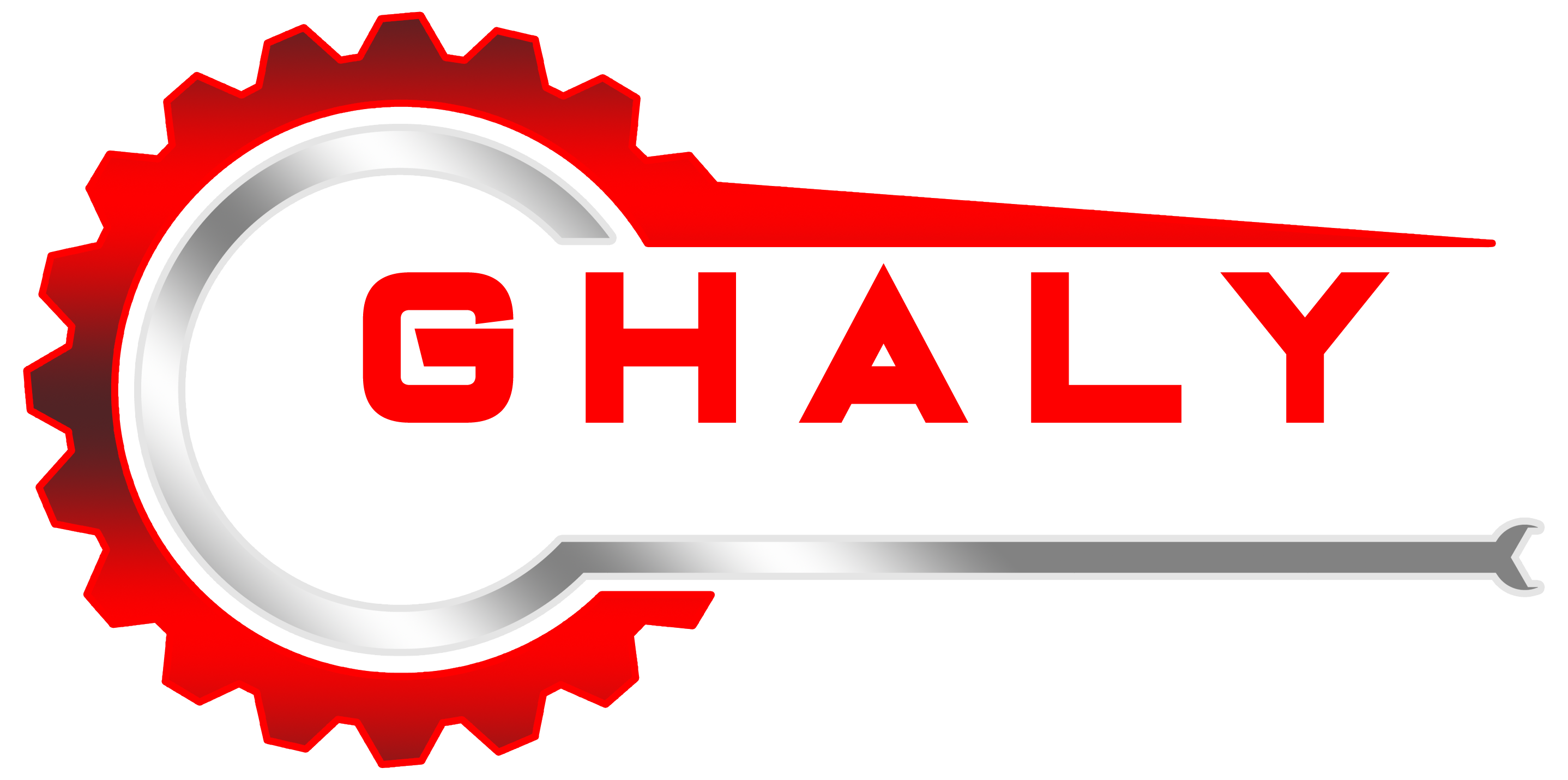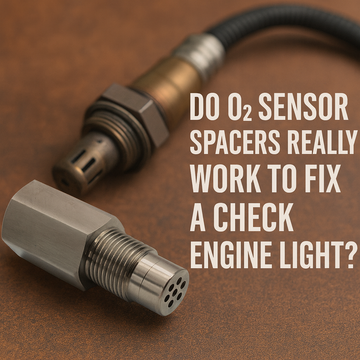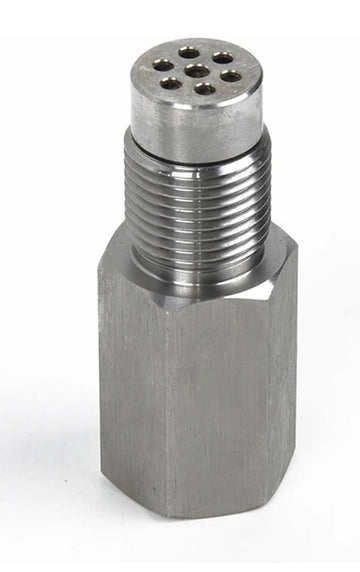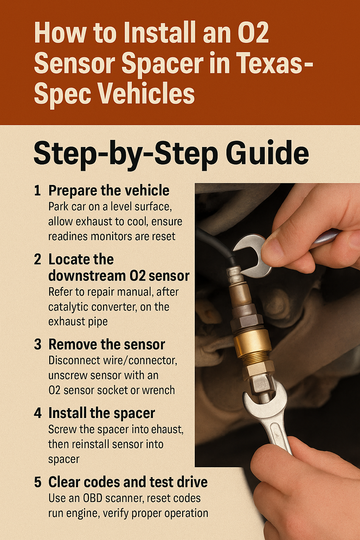Do O2 Sensor Spacers Really Work to Fix a Check Engine Light?
Summary:
Oxygen sensor spacers are often used in an attempt to eliminate the Check Engine Light (CEL) caused by inefficient catalytic converter performance—typically related to the infamous P0420 or P0430 codes. While they may work in some situations, these spacers are not a guaranteed fix and are considered a workaround rather than a true solution. This guide explores how they work, when they’re effective, and when they’re not.
Table of Contents:
-
What Is an O2 Sensor Spacer?
-
Why the Check Engine Light Turns On (P0420/P0430)
-
How O2 Sensor Spacers Work
-
When O2 Sensor Spacers Might Work
-
When They Don’t Work (And Why)
-
Common Misconceptions
-
Alternatives to O2 Sensor Spacers
-
Conclusion: Are Spacers Worth It?
-
FAQ
1. What Is an O2 Sensor Spacer?
An O2 sensor spacer is a small metal adapter that threads into the oxygen sensor port on your exhaust system. The oxygen sensor then threads into the spacer, effectively pulling it slightly out of the direct exhaust flow. Some spacers include built-in mini catalytic converters (aka “mini cats”) or are baffled to modify gas flow.
2. Why the Check Engine Light Turns On (P0420/P0430)
The P0420 (Bank 1) and P0430 (Bank 2) codes relate to catalyst efficiency below threshold. These codes are triggered when the ECU detects similar voltage waveforms between the upstream and downstream O2 sensors, suggesting that the catalytic converter is not adequately cleaning the exhaust gases.
3. How O2 Sensor Spacers Work
O2 sensor spacers attempt to trick the ECU by moving the downstream sensor out of direct contact with exhaust gases. This can reduce the sensor’s voltage fluctuations and mimic the behavior of a properly functioning catalytic converter. As a result, the ECU may no longer trigger a P0420/P0430 code.
4. When O2 Sensor Spacers Might Work
-
When the catalytic converter is slightly degraded, not completely failed
-
On older vehicles with less sophisticated ECUs
-
In temporary or off-road applications where legality isn’t a concern
-
Paired with a mini-cat or baffle for added effectiveness
5. When They Don’t Work (And Why)
-
Modern ECUs detect sensor manipulation more easily
-
Severe catalytic converter failure or a completely hollow cat
-
Upstream sensors that are also failing
-
Installation on the upstream (pre-cat) sensor, which is incorrect
-
Exhaust leaks that confuse sensor readings
6. Common Misconceptions
-
"Spacers fix the catalytic converter" — False. They only attempt to mask its inefficiency.
-
"It will always clear the CEL" — False. It’s hit-or-miss.
-
"All spacers are the same" — Not true. Angled, baffled, and mini-cat spacers work differently.
7. Alternatives to O2 Sensor Spacers
-
Replacing the catalytic converter with a new or high-flow aftermarket unit
-
ECU reprogramming or tuning (where legal)
-
Fixing exhaust leaks and addressing engine issues that damage the cat
8. Conclusion: Are Spacers Worth It?
O2 sensor spacers can be a cheap and easy way to turn off a P0420/P0430 CEL—but only under certain conditions. They’re not a true repair, may not work on newer vehicles, and may not be legal for road use depending on your location. Use them with caution and understand their limitations.
9. FAQ
Q: Will an O2 spacer fix my Check Engine Light for good?
A: Not necessarily. It may work temporarily, but the CEL could return.
Q: Are O2 spacers legal?
A: In most jurisdictions, using a spacer to bypass emissions systems is considered tampering and is not legal for street use.
Q: Do I need a mini-cat spacer or is a regular one okay?
A: A mini-cat spacer is generally more effective, especially on newer vehicles.
Q: Can I install a spacer on the upstream sensor?
A: No. Spacers should only be used on the downstream (post-cat) sensor.
Q: Will it help me pass a smog test?
A: It might help clear a code temporarily, but smog tests may still fail if monitors aren’t set or emissions are too high.


![ Fix P0420 Fast: Do O2 Sensor Spacers Really Work? [Legal Tips Inside]](http://ghalysmotorparts.com/cdn/shop/articles/ChatGPT_Image_Oct_10_2025_10_40_32_AM.png?v=1760118069&width=360)
![Do O2 Sensor Spacers Really Help Clear the P0420 Code? [Expert Guide]](http://ghalysmotorparts.com/cdn/shop/articles/ChatGPT_Image_Oct_9_2025_09_28_33_PM_654c1798-c0d4-428f-a5b6-f20b95661b54.png?v=1760129952&width=360)


